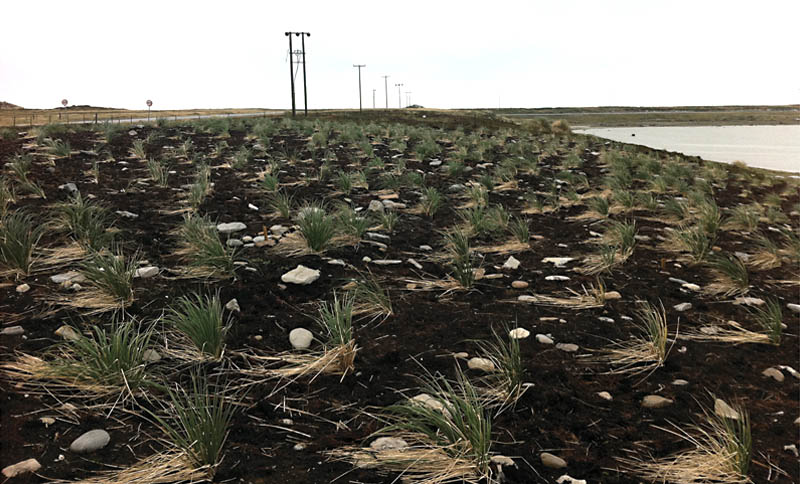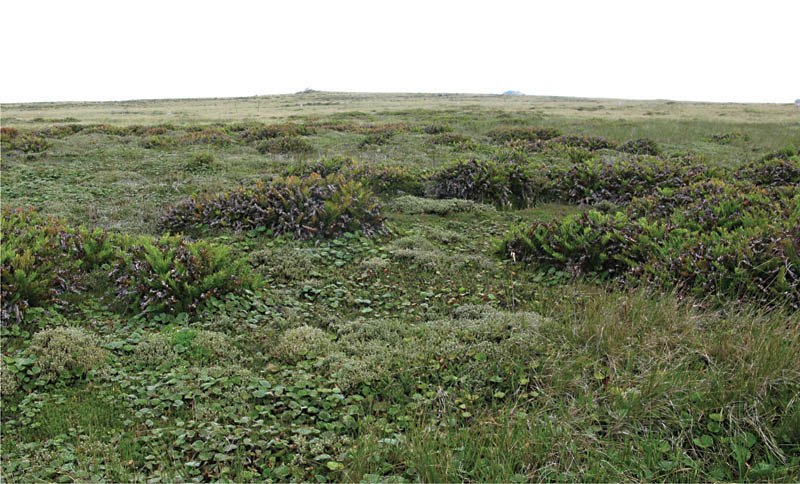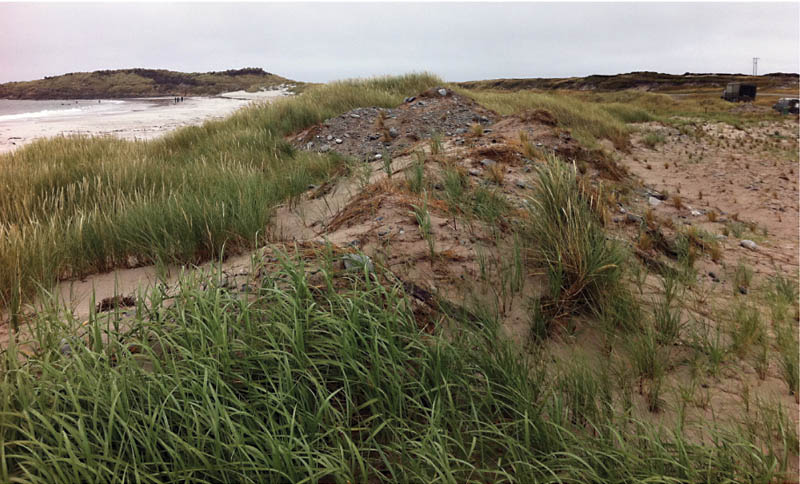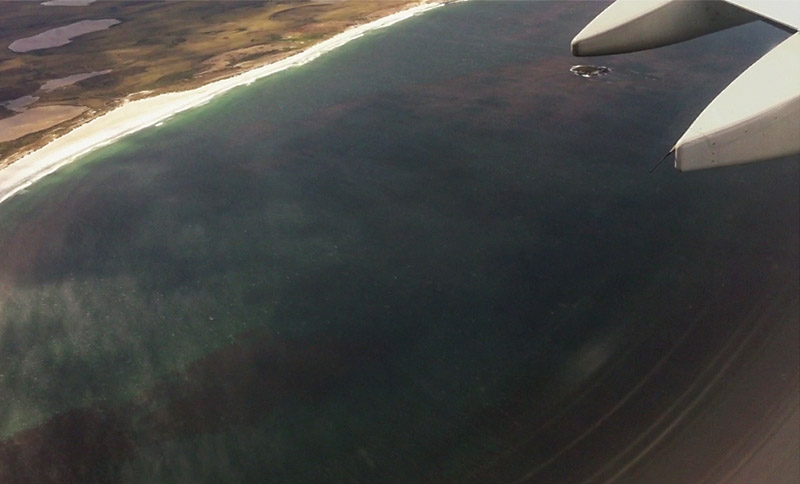Designing for the Unknown: The Transformative Potential of Mine Clearance on the Falkland Islands

by Hans Baumann (MLA ’11)
On April 2, 1982, the Argentine Navy invaded the Falkland Islands, a sovereign territory of the United Kingdom. The ensuing conflict, known as the Falklands War, lasted for 72 days, killing hundreds and leaving behind approximately 25,000 landmines, landmines which the UK has begun to remove.
Examples abound where military reservations have sustained high amounts of biodiversity and supported endangered species, “no man’s lands” such as the Korean DMZ emphasizing the plasticity of ecologies and their resilience. However, what makes the Falklands’ minefields unique is that the only organisms found here capable of detonating the mines are humans and domesticated animals. Nearly all of the land on the Falklands is used for pasture, suggesting that besides nature reserves, these minefields may be the only potential refugia free from grazing pressures on the main islands. This project seeks to establish the composition of the minefield ecosystems and determine if they foster greater amounts of biodiversity than non-mined lands, in the process addressing questions of endemism, population dynamics in island ecosystems and the evolution of hybridization and its implications for speciation.



